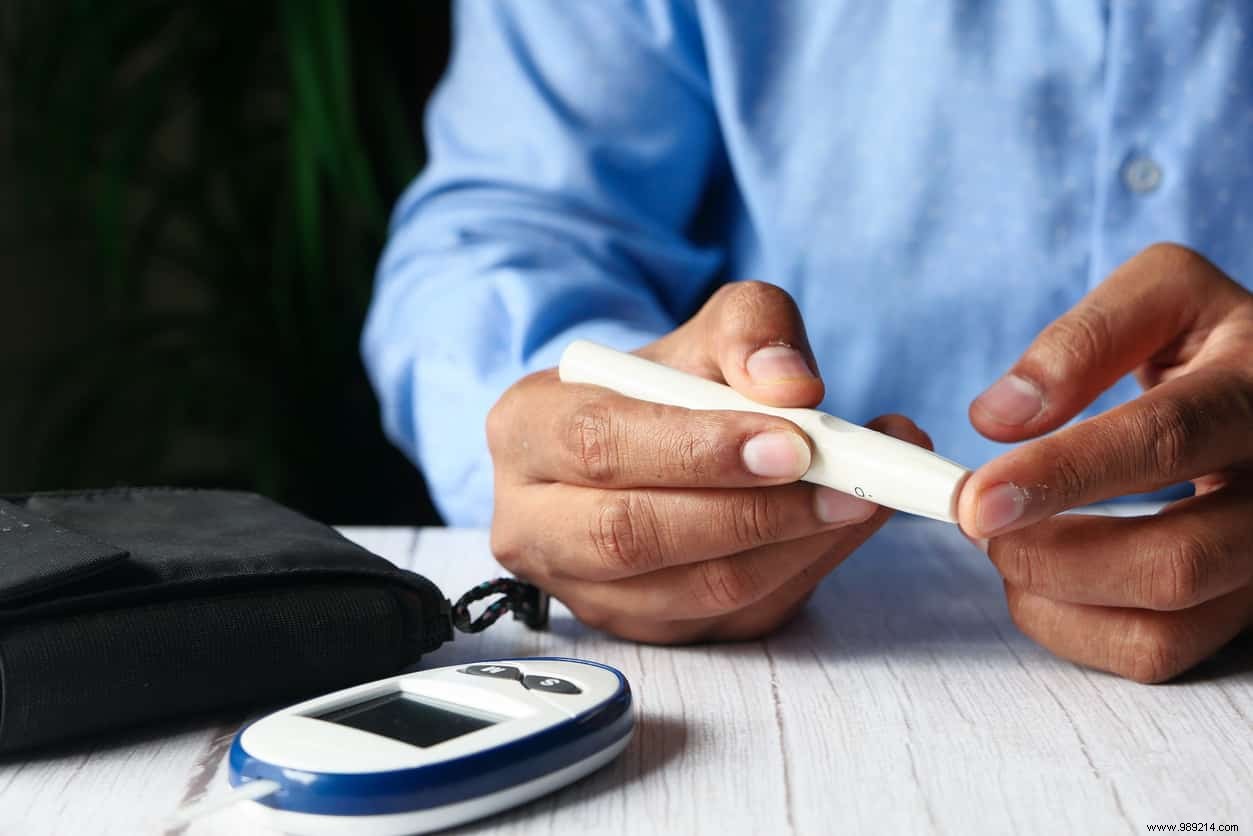In the United States, researchers have made a discovery. According to them, the venom of a snail could be used to develop a treatment against diabetes. The effectiveness of the drugs created through this research could be faster than with insulin.
Diabetes is very often the subject of scientific research. For example, a 2020 French study revealed the identification of a DNA mutation that could allow more precise management cases of type 2 diabetes. In a publication of October 18, 2021 in the journal Proteins, researchers from the University of New Hampshire (United States) say they have identified a possible remedy of natural origin against this disease .
They indeed studied the cone geographer (Conus geographus) , a snail whose venom causes paralyzing hypoglycemic shock in its prey. . For these scientists, this same hypoglycemic shock lowers blood sugar levels faster than insulin. It should be remembered that besides leptin (another hormone involved in the regulation of glycemia, which has also been widely studied), insulin therapy is one of the best current treatments and alternatives are rare.
Unlike the insulin our bodies produce, the peptide sequence of venom of the snail (which allows it to bind to human insulin receptors) is shorter. Thus, scientists believe that this venom could be used to develop a more effective treatment for diabetes.

As part of their work, the researchers used insulin-like peptide sequences in snail venom. They thus modeled six different analog complexes in order to understand how they could bind to human insulin receptors. According to the results, snail insulin has different properties, but binds more efficiently.
"While further studies are needed, our research shows that, despite the shorter peptide sequences, conical snail venom may be a viable substitute for insulin and we hope it will drive the design of new fast-acting drugs" , said Biswajit Gorai, lead author of the study. Thus, the potential of this venom in stabilizing blood sugar opens the way to new treatments .
As cases of diabetes are on the rise and alternatives seem increasingly difficult to find, this work is obviously welcome.